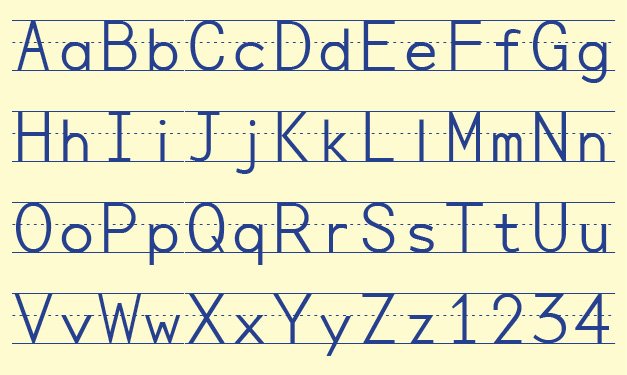When my daughter was three and a half years old, I attempted to teach her to write her name in preparation for kindergarten, and failed. My daughter refused to write or even hold a pencil correctly and she started school without knowing how to write her name. Although many children are taught to write using worksheets and just tracing dotted lines, this method wasn’t very appealing to my daughter. Since she was a premature baby and born in December, I attributed her age for her lack of interest. I chose not to force my daughter to do something she wasn’t ready to do, in fear of her associating negative feelings with learning. In hindsight, I think my daughter not wanting to write, had a a lot to do with her not wanting to start kindergarten. Currently my daughter is five months into kindergarten and she can write her name and alphabets just fine. It took a lot of patience, encouragement, and creative approaches to get her to where she is now.
- Doing puzzles
- Playing with lacing & tracing toys
- Stringing penne pasta or Cheerios to make a necklace
- Building with blocks
- Stamping
- Rolling out and cutting shapes from play dough
- Scribbling with markers, crayons, chalk
- Finger-painting
- Cutting with safety scissors
- Using a gluestick
- Scooping, stirring, and pouring
- Writing on a dry erase board, small chalkboard, and her VTech Stencil & Learn Studio
- Using her finger and paint to write letters
- Tracing letters using glitter glue
- Writing letters with chalk on the driveway
- Using a stick to write in sand at the park
- Tracing letters I wrote, using a highlighter
- Writing in paint and shaving cream (spread some paint or shaving cream onto a cookie sheet)
- Pretend-writing letters in the air
Feature Image: medicalcaremanagement.co.uk





[…] Teaching Your Child to Write […]